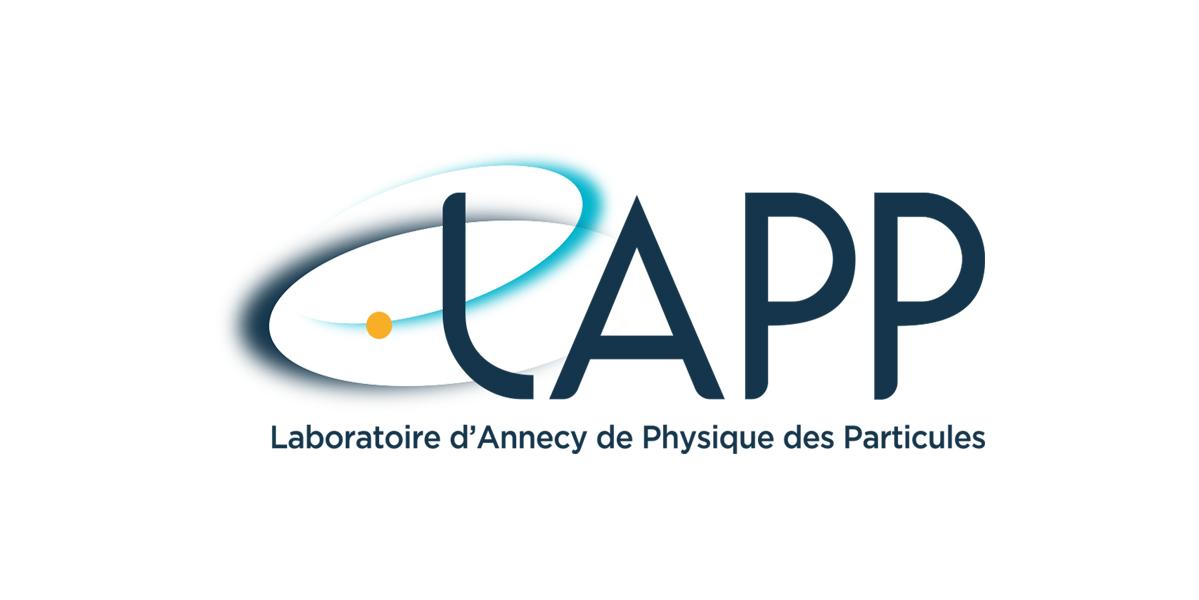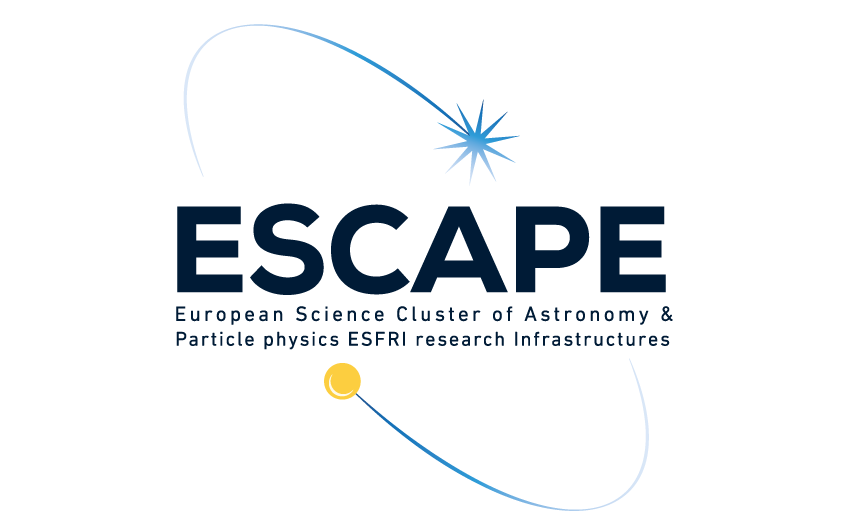

LAPP (Laboratoire d'Annecy de Physique des Particules) laboratory is opening a position for an IT infrastructure Research Engineer as part of the ESCAPE (European Science Cluster of Astronomy & Particle physics ESFRI research infrastructures) European Commission funded project. The successful candidate, integrated into the Computing department and the MUST platform team, will participate in the creation of new innovative services in connection with the ESCAPE European project, as well as in the monitoring and maintenance tasks of these services.
Activities
The successful candidate will:
- Participate in or lead a work group, depending on the related component, to study and deploy new services in the ESCAPE environment and more particularly a DATALAKE storage service in the BIGDATA ecosystem and in collaboration with major European datacenters including CERN. Associated services as for example a Cloud like environment to facilitate deployment of those services could be also implemented.
- Carry out impact studies, dimensioning and cost estimate of the recommended solutions and their consistency with the existing architecture.
- Define and write operating procedures.
- Design and execute test benches to measure systems performance, analyse them and then present the results.
- Diagnose and solve issues.
- Take part in the keeping up with technological innovations.
- Present implemented solutions during ESCAPE meetings or international IT conferences.
Skills
Desired educational level: Engineering schools or Master in computer science.
- Knowledge of architecture and technical solution for cluster computing facilities in LINUX, in a distributed environment and in an advanced data management context.
- Virtualization techniques
- Security of information and communication systems.
- Performance analysis tools.
- Script language: python, bash, perl ...
- Technical English, comprehension oral and written expression
- Communication technologies
- Knowledge of database management systems, EGI or WLCG grid software, innovative technologies such as the Cloud, and some solutions of the BigData ecosystem or containers would be a plus.
Operational skills
- Model and design technical architectures of information system
- Write and update functional and technical documentation
- Anticipate functional and technical changes
- Evaluate an IT solution.
- Manage information security
- Follow technological innovations.
- Team working
- Lead a project
- Implement a quality approach
- Facilitate a meeting
- Initiate and lead partnerships
- Ensure a technological watch
Behavioral skills
- Ability to conceptualize
- Creativity / Sense of innovation
- Sense of organization
- Decision-making capacity
- Ability to work in the context of an international project,
Work Context
LAPP is a high energy physics laboratory located in Annecy, 50 kms from Geneva. The laboratory was founded in 1976 and is one of the laboratories of IN2P3 (Institut de Physique Nucléaire et de Physique des Particules), institute of CNRS (Centre National de la Recherche Scientifique). LAPP is a joint research laboratory of the University Savoie Mont Blanc (USMB) and the CNRS. Close to 150 people are working at LAPP. Research carried out at LAPP aims at studying the ultimate constituents of the matter, their fundamental interactions, as well as exploring their connections with the large structures of the Universe. The LAPP laboratory coordinates the ESCAPE project.
ESCAPE aims to address the Open Science challenges shared by ESFRI facilities (CTA, ELT, EST, FAIR, HL-LHC, KM3NeT, SKA) as well as other pan-European research infrastructures (CERN, ESO, JIV-ERIC, EGO-Virgo) in astronomy and particle physics research domains. The complexity of all this new apparatus in science grows rapidly, the data volume produced by them is seeing a tremendous increase and the software to analyse the data is becoming more and more complex. On the other hand, this data should be accessible to the growing scientific communities, as they collaborate and interact. The ESCAPE project brings together partners from astronomy and particle physics to collaborate on building the EOSC. The ESCAPE actions aim at delivering solutions to ensure integration of data, tools, services and scientific software; to foster common approaches to implement open-data stewardship. Following the 2007 official inauguration of the mid-range datacenter MUST, the growth of the initial infrastructure has been progressive enough to be able to build an important computing facility for users. The main focus is turned to be one of the Tier-2 node for the CERN LHC experiments data processing (ATLAS, LHCb) then provide services to national and international laboratories through the integration of the facility in the EGI (European Grid Initiative) grid infrastructure and through the support of numerous other scientific domains in High Energy Physic, Earth Science, Astrophysics and Monte-Carlo simulation and finally to local Université Savoie Mont Blanc research laboratories as partners of this platform. The LAPP team is in charge of operations and user support of this CNRS/USMB platform. The e-infrastructure of more than 2000 cores and 2.2 Pbytes of storage, has been built to be as generic as possible, to be a multi-usage computing platform, integrating High Performance Computing, CPUs and GPUs and advanced storage services. Some technical studies to open the facility to industry are on-going.
The retained candidate will be member of the LAPP IT Department and integrated into the MUST platform sub-group to contribute to the studies and to the operations.
Constraints and risks
Regular travels (max 3 to 4 days) in European countries must be planned.
Apply on the CNRS Job Portal: https://emploi.cnrs.fr/Offres/CDD/UMR5814-CLABOM-030/Default.aspx?lang=EN
Views
17,811

